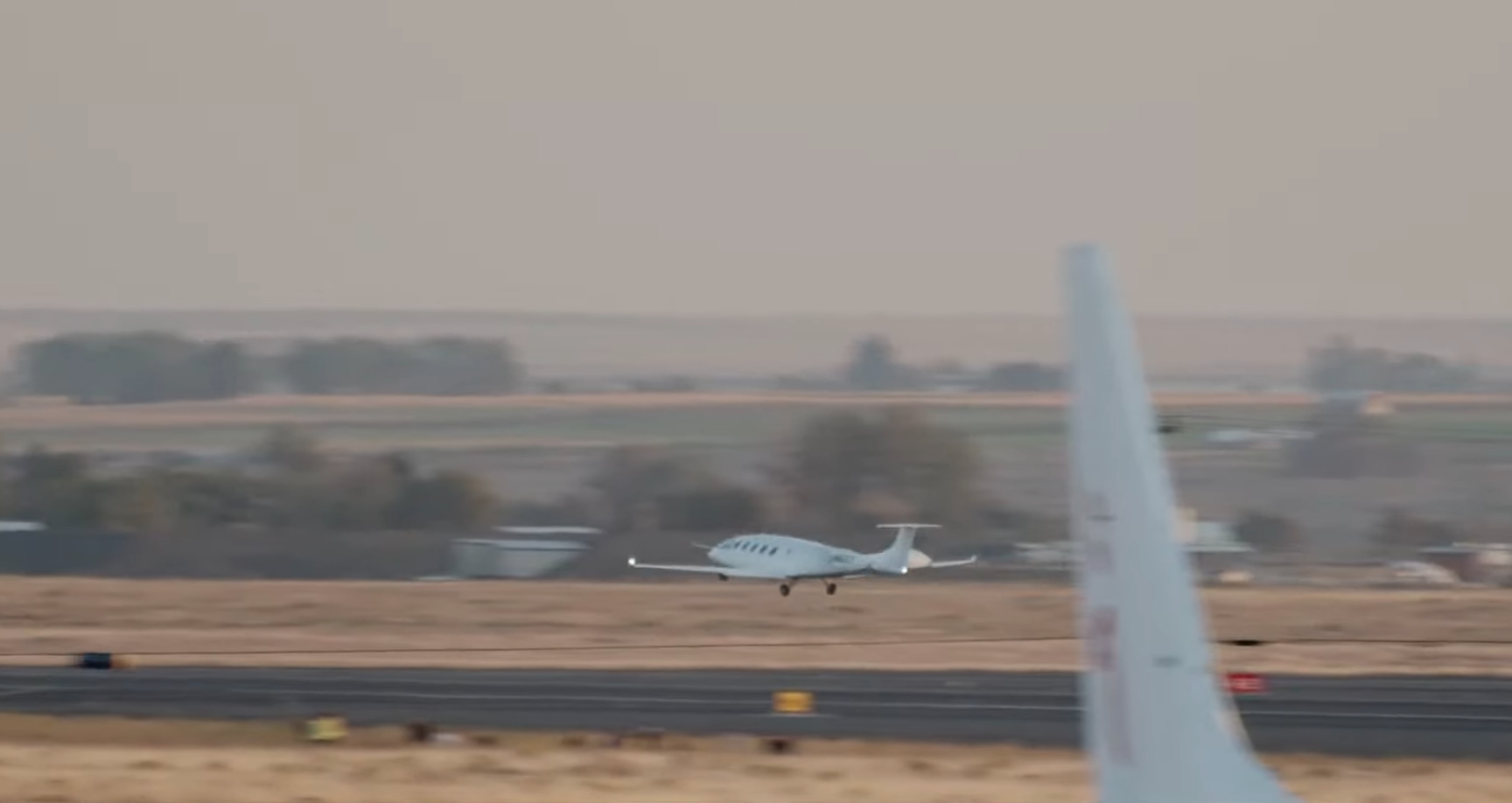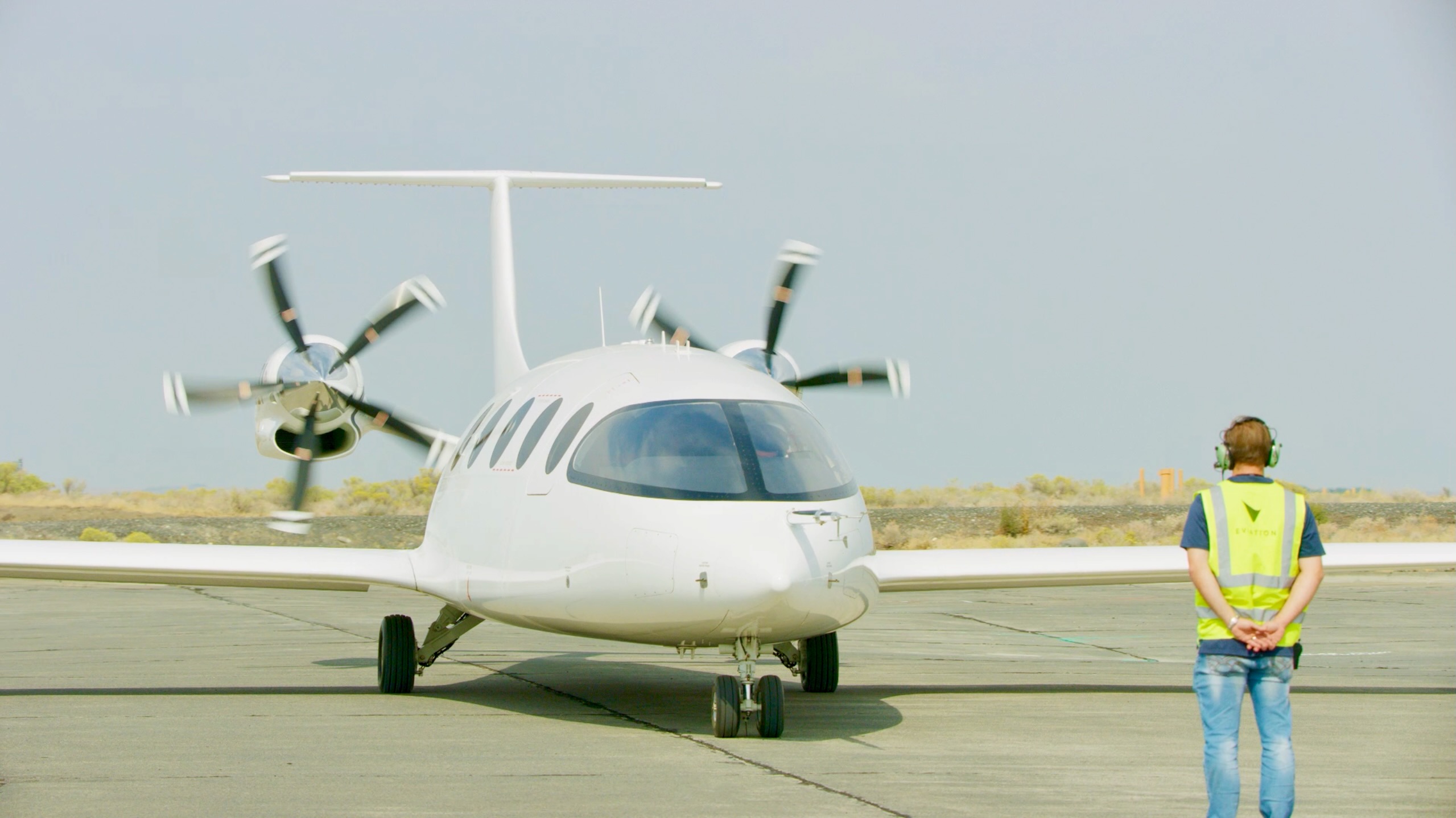Log-in here if you’re already a subscriber
UPDATE: Aviation’s Alice prototype completed a successful eight-minute maiden flight in Moses Lake, Washington in the early morning hours of September 27, 2022.

Eviation’s chief executive, Gregory Davis, looked to aerospace history to describe its upcoming first flight of Alice, the largest all-electric commercial aircraft concept to take to the sky.
“This is a lot like the Mercury program, what we’re doing right now with Alice. Proving you can actually make the thing work,” said Davis in a recent interview with The Air Current.
The analogy may be even more apt than Davis realizes. Much of the technology required for NASA’s Moon landing had been neither developed nor proven when Alan Shepard took the United States’ first 15-minute space flight in May 1961. Alice’s first trip around Moses Lake may not be much longer.
Related: Batteries are a looming certification challenge for electric aviation hopefuls
Flying Alice — so named for the resemblance to the white rabbit of Alice in Wonderland — is a “very, very important milestone,” said Davis, proving that its core electric propulsion, flight control, battery and structure all work together to get the nine-seat prototype into the air.
After Alice flies, a milestone that is expected within days, Eviation will turn its attention to the future — one with a now uncertain date of arrival. “The future is building an aircraft that will enter into service, in line with the battery technology evolution to get us energy densities that make a product that is commercially viable,” said Davis, who shared the company’s revised plan publicly for the first time.
Related: Eviation relocates Alice to Moses Lake for maiden flight
What Davis’s posture really emphasizes is a significant cooling of expectations that created Eviation and other electric entrants. The years-long public message of an industry on the cusp of revolution has given way to the financial and technical realities of such an undertaking.
Now, Eviation is gearing up for a full-scale aircraft development bound by the uncertainties of battery technology and a certification environment that has yet to fully solidify to deliver a commercially viable product. It’s a journey that is increasingly being shared by others in the nascent green aviation sector, full of ambitious startups who burst onto the scene with the promise of mid-decade decarbonized commercial flight.
Subscribe to continue reading...Subscribe to Continue Reading
Our award-winning aerospace reporting combines the highest standards of journalism with the level of technical detail and rigor expected by a sophisticated industry audience.
- Exclusive reporting and analysis on the strategy and technology of flying
- Full access to our archive of industry intelligence
- We respect your time; everything we publish earns your attention


